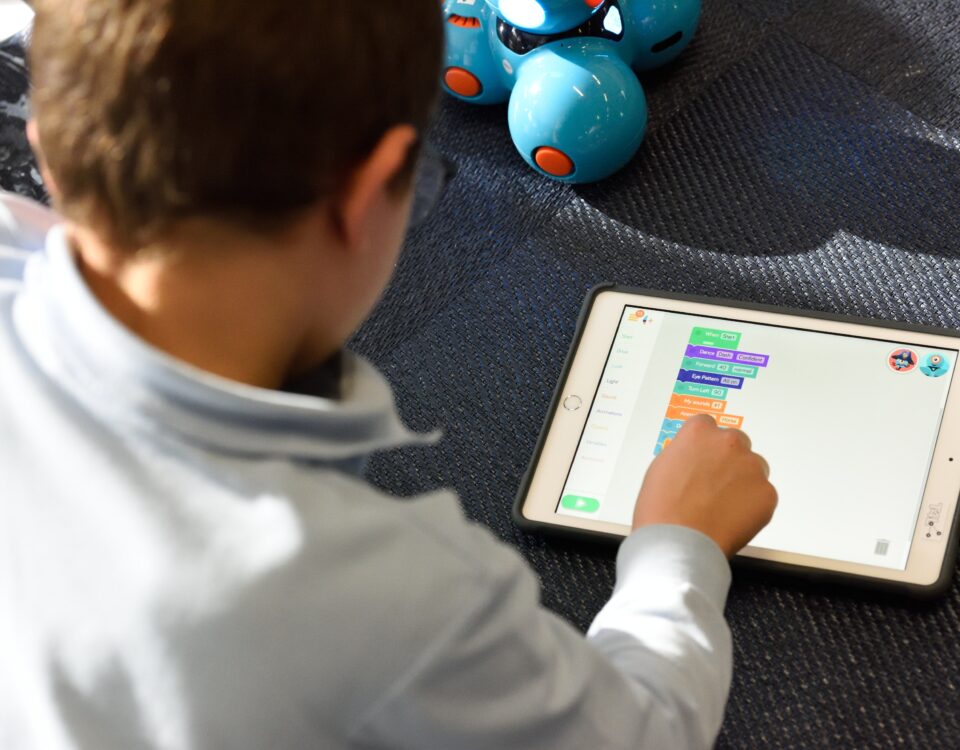Robots unquestionably offer us exciting possibilities, and though some may condemn it, the robots are here and will never go away. KISMET a robot from MIT’s AI labs recognizes body language and human tone and reacts accordingly. That is quite an advanced application, and it is technology that may be reflected in your car tomorrow if you go through different advanced robotics course .
It is time we took stock of the Latest Advancements in the Robotics Industry and Figured out where the Future was Headed:
The Internet of Robotic Things
What if we combined the Internet of Things (IoT) and robots into a new ecosphere, an Internet of Robotic Things (IoRT)?
A robot connected to the Internet would have a gigantic source of information to help the robot make decisions and interact. The next logical step is to develop smart devices that can network to form a collective intelligence and determine the best practices for all the devices concerned. The concept of integrating teams of robots into the IoT is referred to as the “Internet of Robotic Things” or the “IoRT.”
IoRT consists of intelligent devices that are capable of monitoring events, combining sensor data from a variety of sources, and identifying the best course of action based on local and distributed” intelligence. The basics of robotics – sensing, motion, mobility, manipulation, autonomy and intelligence – take the Internet of Things to a new level. IoRT has been successfully implemented at several Amazon fulfillment centers in US and Europe.
Humanoid Robots and Androids
A humanoid robot is a robot whose appearance resembles the human form, and an android refers to a robot that imitates a human as true to the original as possible. In this view, humanoids have the same physical structure and kinetic properties as a human body but are not meant to imitate a human being.
Examples of this type of robots would include NAO from French robot manufacturer SoftBank Robotics. EveR-1 from KITECH in Korea is an example of androids of the future which look like human beings.
Drone Swarm
Drones are getting smaller and cheaper to manufacture. That’s why the future belongs to the swarm of drones. These will soon be buzzing around in groups of hundreds or thousands around us, in formations like bird swarms. In the future, such swarms could cost-effectively inspect pipelines, high-voltage power lines and industrial plants, or spray pesticides and herbicides in agriculture, precisely in the required locations
Robots in the Industry
Numerous robots can already be found today, for example, in the automotive industry, in electrical engineering and electronics, in mechanical engineering, in aerospace, and in food packaging. Robots often work cheaper than a colleague human. As a result, more and more assembly robots are moving into smaller companies. Robots are becoming ever more skilled, and thanks to their flexibility and easy reprogramming have become attractive for small and medium companies. SMEs are increasingly finding robots a secure investment with which profits can be earned.
Conclusion
Among the biggest robots are the gigantic, remote-controlled combat robots from MegaBots. These five-meter-tall humanoid robots play real matches in stadiums. They shoot at each other with cannonball-sized paintballs at a speed of up to 200 km/h. Is the future one that belongs to robots playing sports? Only time will tell.
To learn basic programming for kids – Enroll at Aerobotics Global




